Hall Crabapple (Malus halliana) is an ornamental tree native to China and Japan, cherished for its elegant appearance and fragrant flowers. Belonging to the Rosaceae family, this versatile tree is well-suited for a range of climates, thriving in USDA hardiness zones 4 through 8. Its delicate blossoms emit a sweet, musky fragrance, adding a sensory charm to gardens and landscapes.
Widely cultivated in China for beautification purposes, the Hall crabapple is locally known as chui si hai tang. Its cultural significance and visual appeal make it a popular choice among gardening enthusiasts looking to enhance their outdoor spaces with a touch of natural elegance.
Whether appreciated for its aesthetic value or its edible fruit, the Hall crabapple remains a delightful addition to diverse gardening styles.
| Common name | Hall Crabapple |
| Botanical name | Malus halliana |
| Family | Rosaceae |
| Species | halliana |
| Origin | China, Japan |
| Plant type | Edible |
| Hardiness zone | 4, 5, 6, 7, 8 |
| Sunlight | Full Sun |
| Maintenance | Medium |
| Soil condition | Clay |
| Soil ph | Acid |
| Drainage | Well-Drained |
| Growth rate | Medium |
| Spacing | 12 – 24 ft. |
| Harvest time | Fall |
| Flowering period | Spring |
| Flower color | Pink |
| Leaf color | Green |
| Fruit color | Lavender, Purple |
| Fruit type | Pome |
| Fruit benefit | Edible |
| Flower benefit | Edible |
| Garden style | Edible Garden |
| Uses | Meadow |
I. Appearance and Characteristics
Malus halliana is an East Asian crabapple species of Malus, known by the common name Hall crabapple. Its Chinese name is chui si hai tang(垂丝海棠).
It is generally considered to be a native tree of China, although some authors maintain that it is native to Japan, and was introduced into China.
The etymological root of the binomial name Malus is from the ancient Latin name for the apple tree. Halliana is named after Dr. George Rogers Hall (1822-1899), an American doctor working in Shanghai.
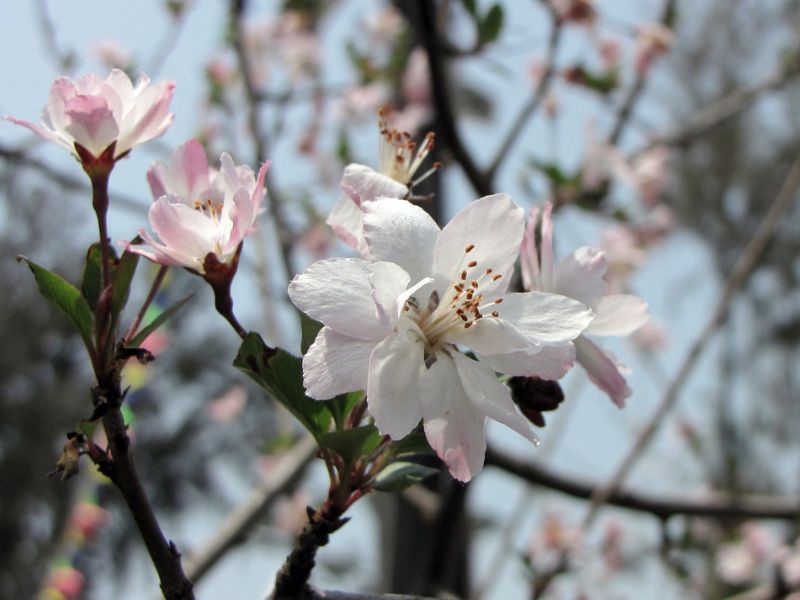
Malus halliana is a deciduous tree with a spreading habit. Its mid green leaves are often tinged purple and axially, ovate to elliptic with serrate margins, up to 8cm long and 4.5cm broad. Its gray or purple/ brown bark is shallowly fissured, forming peeling plates with age. Its pink flowers are held in combs up to 6cm across and appear at the same time as its leaves. Its red/ purple fruit is a pomme, up to 8mm across and matures in autumn.
The tree is cultivated as an ornamental tree, for its abundant, fragrant pink flowers.
II. How to Grow and Care
Sunlight
Hall crabapple prefers sunlight and grows well in full sun. Sufficient sunlight for about 8 hours a day is recommended. Sunlight will have a great impact on flower colors, while insufficient sunlight will lead to lighter colors. If there is strong light in summer, hall crabapple needs proper shady conditions to avoid high-temperature injuries. Too much light may cause leaf curling or spots on stems and leaves.
Temperature
Widely distributed in the northern temperate zone, hall crabapple is generally very adaptable to the distinct seasons, including hot summers and cold winters. It can tolerate temperatures as low as -30 ℃. Hall crabapple can’t tolerate extremely high temperatures in summer; temperatures above 32 ℃ will affect its growth. The tree is drought-tolerant and doesn’t require much water, hence, avoid over-watering it.
Watering
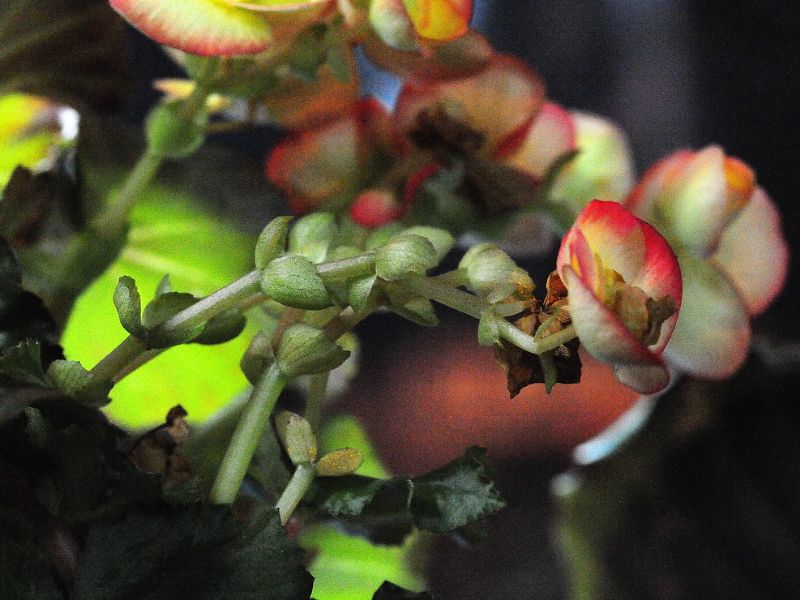
Hall crabapple thrives in moderate moisture conditions, reflecting its resilience to periodic dry spells. It is accustomed to a balanced water regime, neither too wet nor too dry. In line with its watering habits, hall crabapple should be watered once every two weeks to maintain optimal hydration without over-saturating the soil. Given that hall crabapple is typically an outdoor plant, it’s important to consider how rain patterns may influence watering schedules during its active growing season.
Soil
Hall crabapple can adapt to various soils. The most suitable soil for growth is slightly acidic or neutral, humus-rich, loose, well-drained, and sandy. The best pH range for the soil is 6-8. During cultivation, the soil can be mixed with garden soil, peat soil, and organic fertilizer in a proportion of 6:3:1.
Fertilizing
For hall crabapple, use balanced nutrition fertilizers to boost growth and bloom. Apply in early spring at growth onset, and again in midsummer, using the amount recommended on the product label – typically about 1 cup for young trees, increasing based on size. Fertilizing enhances plant vigor, flower, and fruit quality. Avoid over-fertilization to prevent burn and environmental harm. Adjust applications for young, fruiting, or mature stages. Always water thoroughly post-fertilization for optimal nutrient uptake.
Pruning
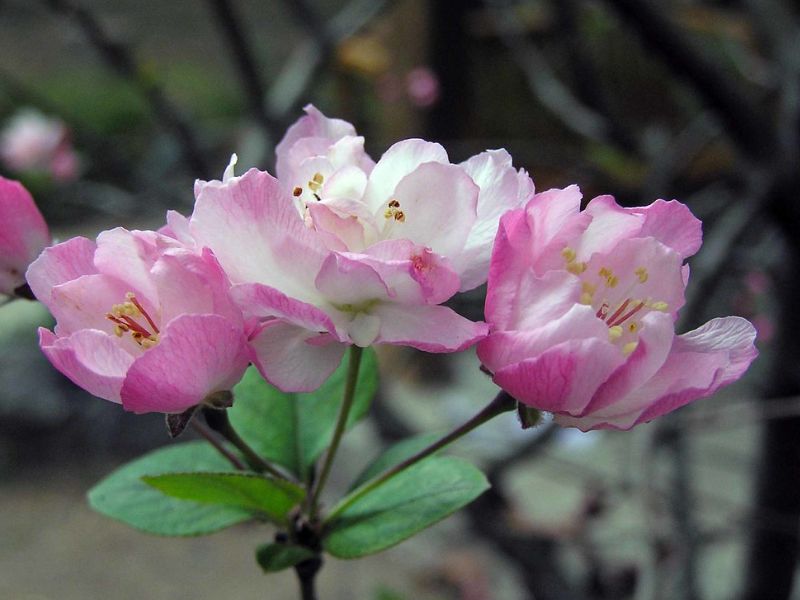
Pruning is very important for hall crabapple and is usually performed between late fall after its leaves drop and early spring before it sprouts. Pruning not only keeps branches scattered and maintains the tree’s shape, but also ensures ventilation and sunlight transmission, which is conducive to its growth. Promptly cut off dense, overlapping, thin, and infected branches, or prune out a suitable and aesthetic shape based on the viewing environment. When blooming, you can also cut off some branches and cut away withered flowers to promote budding and the blossoming of new branches.
When pruning and cutting longer branches, leave enough new buds for branches to grow better afterward.
Propagation
If there is a seedling growing at the root, you can cut the seedling from the plant before budding in spring or after leaves fall in autumn and winter. It is best to cut off the roots of the seedling and transplant them into new pots or dug pits.
Transplanting
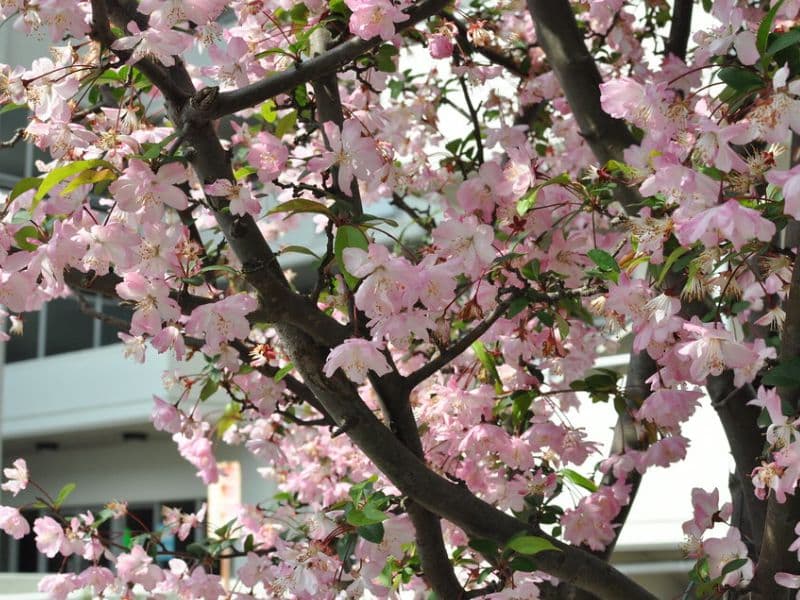
To establish a thriving hall crabapple, transplant during the prime growth period of early to late spring. Choose a sunny location with well-draining soil. If needed, add compost to enrich the soil and encourage a successful transplant.
Repotting
To cultivate a flourishing hall crabapple, repot every 2-3 years, ideally during spring as it exits dormancy for robust growth. Choose a container slightly larger than its root ball to accommodate development. Post-repot, prioritize well-draining soil and consistent watering, ensuring hall crabapple recovers smoothly for bountiful blooms. This moderate-sized, ornamental tree doesn’t climb but forms a picturesque canopy, requiring space to showcase its beauty.
III. Uses and Benefits
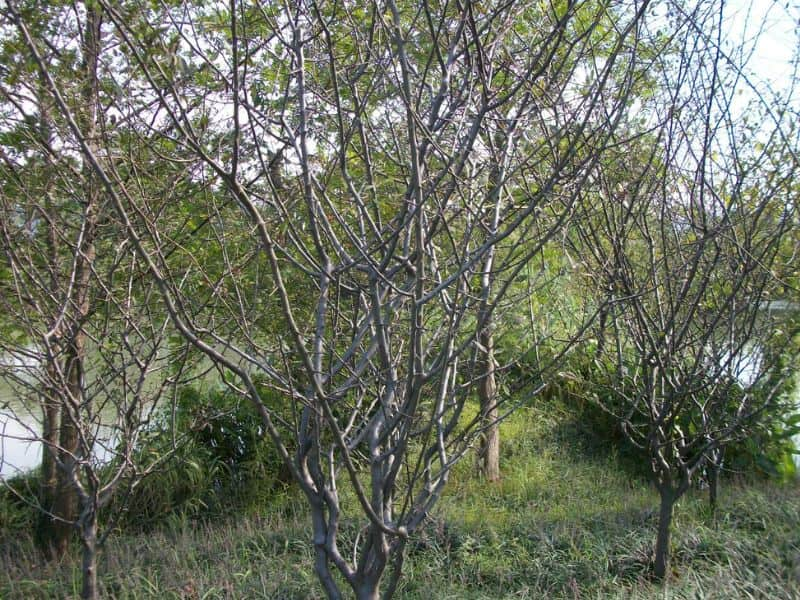
Its compact size and long blooming season make crabapple trees an ideal specimen for garden planting. The strong nectar from the flowers attracts honey bees and other essential pollinators. This is a benefit to both the pollinators and other species of apple trees in need of cross pollination in order to produce viable fruit.
Find Where to Buy the Best Hall Crabapple (Malus halliana)

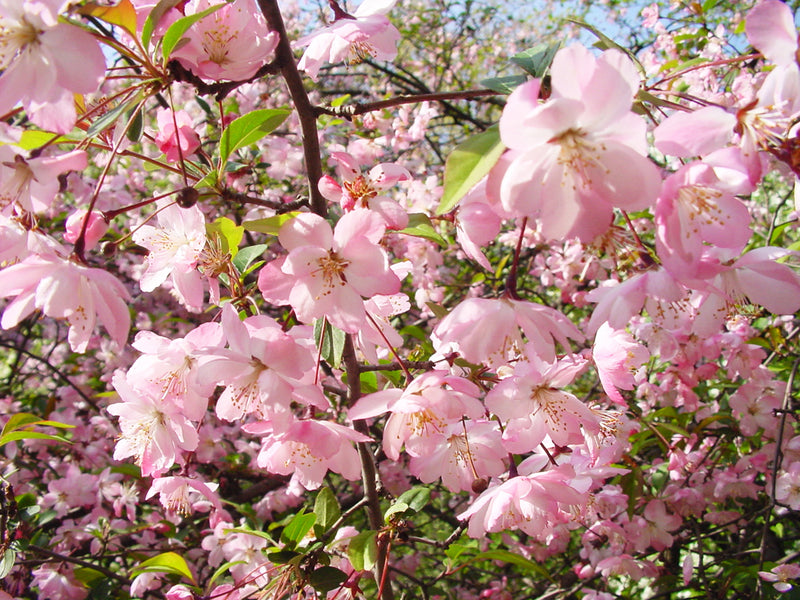







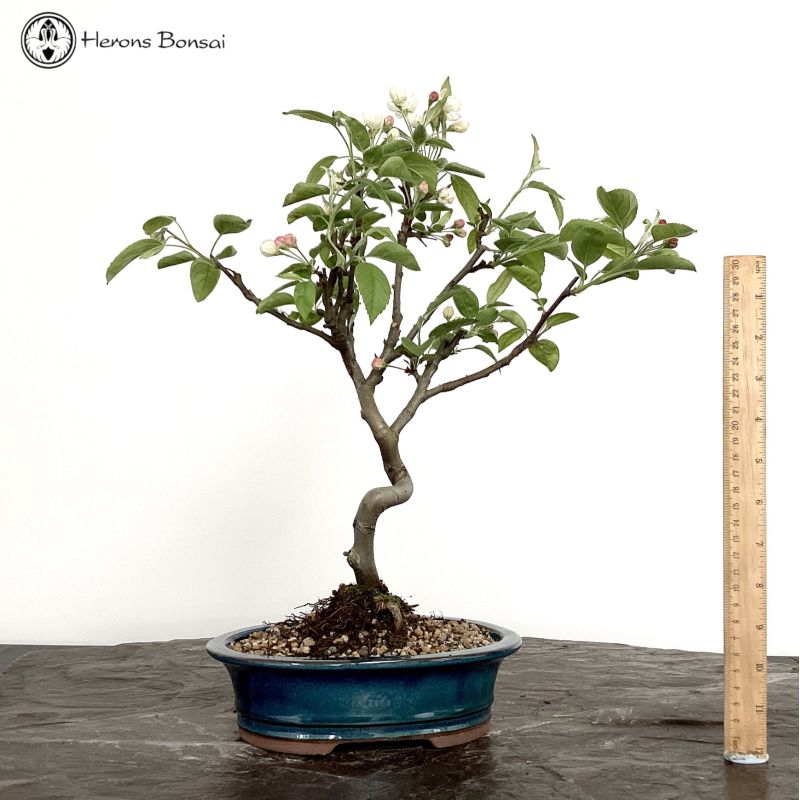
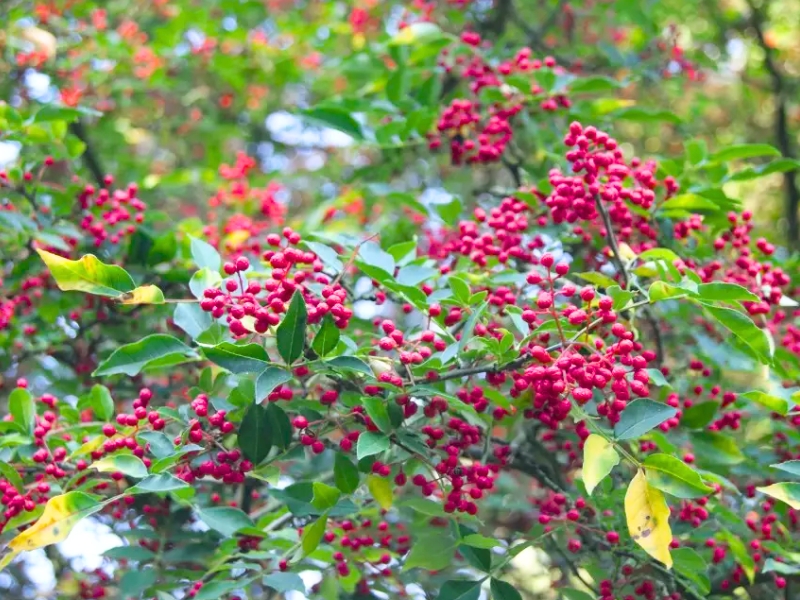
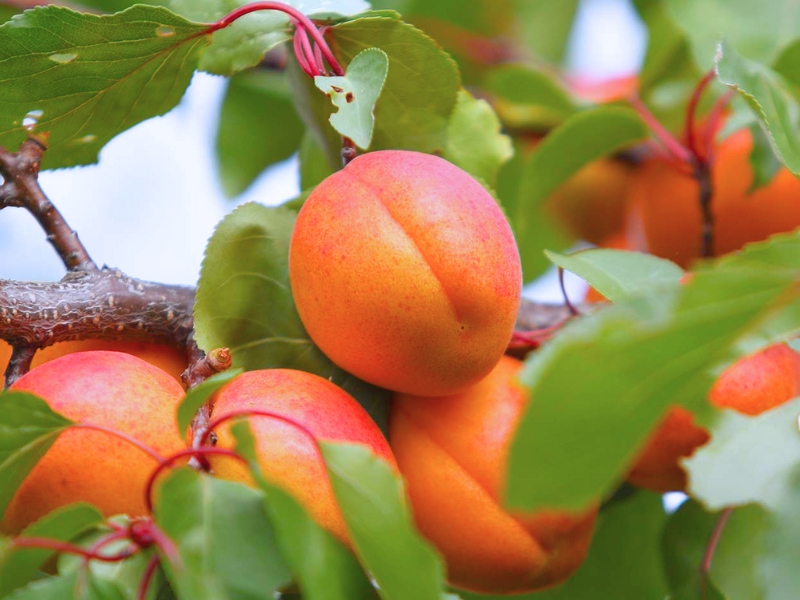
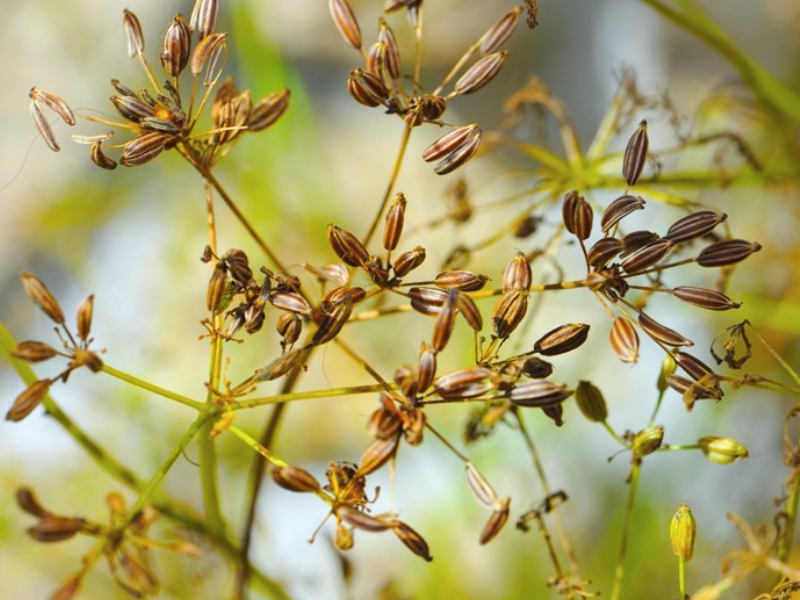
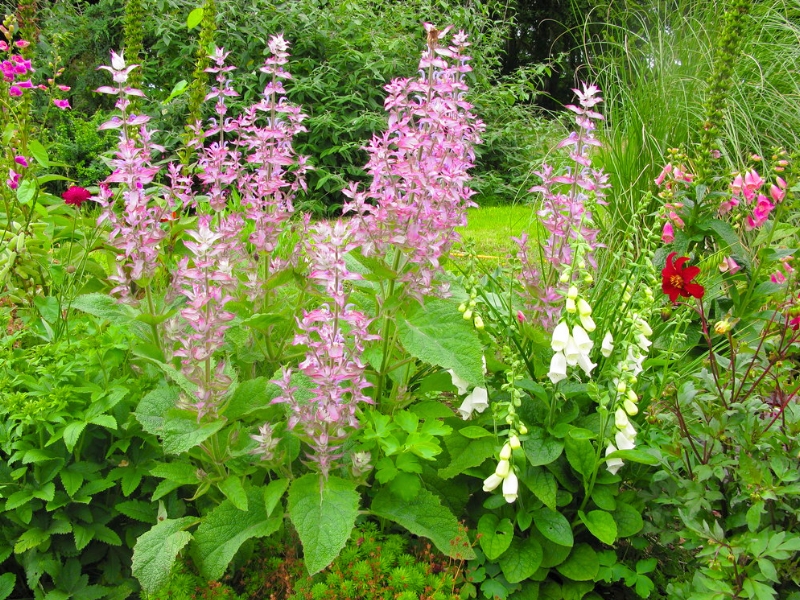
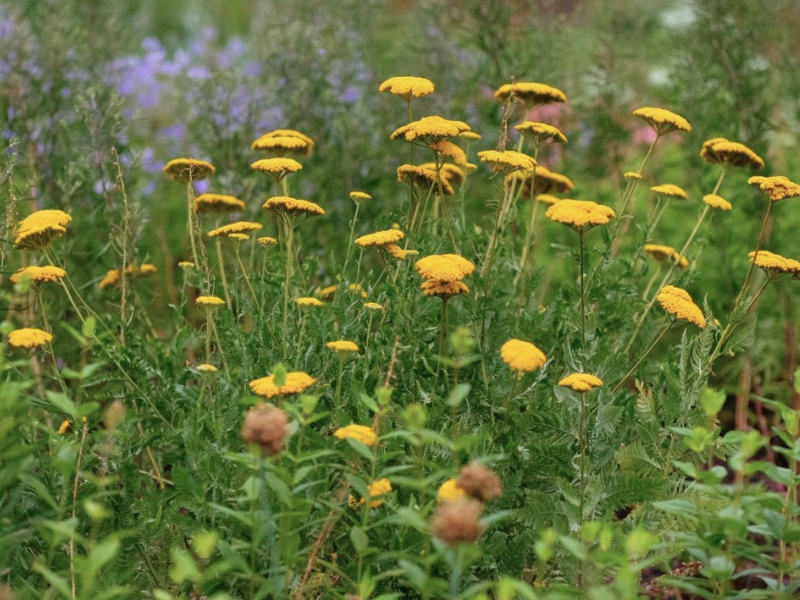
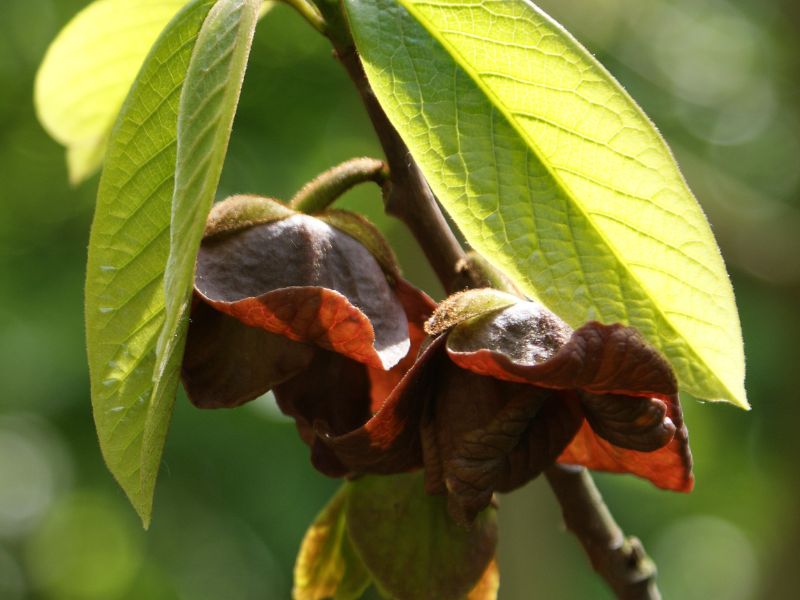
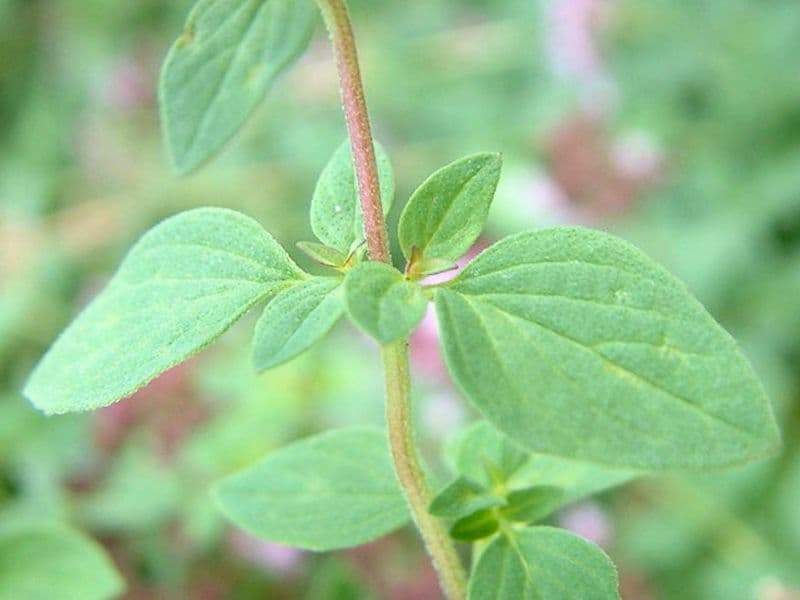
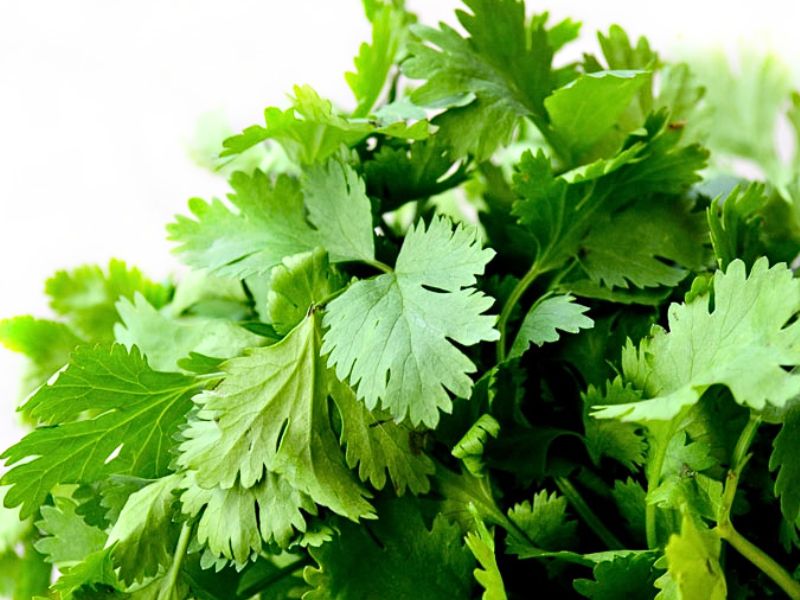
Leave a Reply